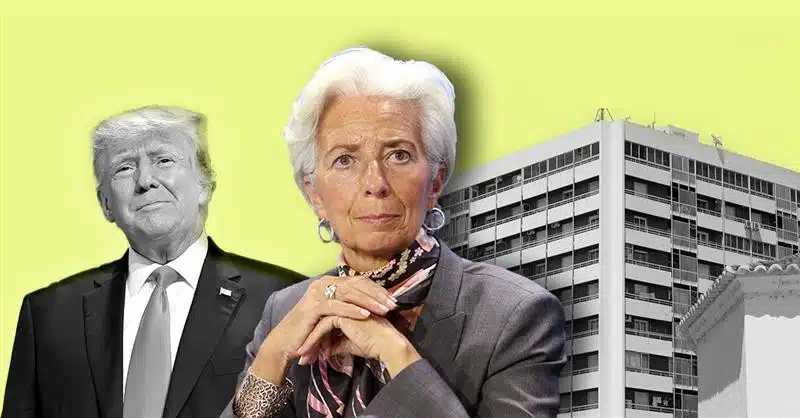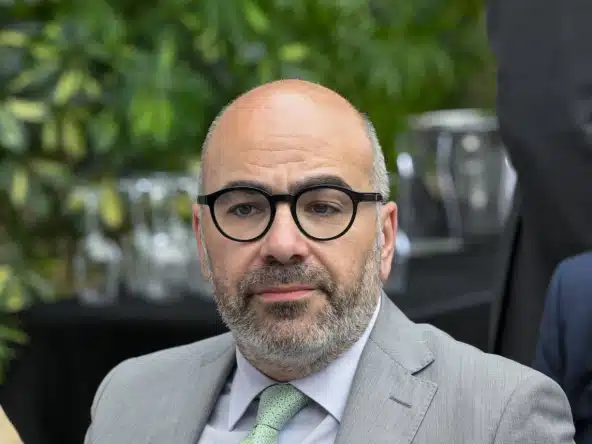The weak European economy and signs of inflation stabilization are two key factors currently pressuring the European Central Bank (ECB) to proceed with further cuts to its benchmark interest rates—potentially larger reductions than before. External factors are also contributing to this pressure, such as Donald Trump’s recent victory in the U.S. presidential elections, which has already impacted exchange rates and global stock markets.
Against this backdrop, several experts predict that the ECB will reduce rates at a faster pace than the U.S. Federal Reserve, likely driving Euribor rates down to as low as 2% next year. This decline would further ease mortgage payments for families in Portugal and across Europe.
On December 12, the ECB Governing Council is set to convene to decide on its monetary policy. Since June, the ECB has lowered eurozone benchmark rates by 75 basis points, bringing them below 3.7% as of October. Now, under the leadership of Christine Lagarde, the central bank faces mounting pressure to implement another rate cut at its final meeting of 2024. Two options are reportedly under consideration: a 25-basis-point reduction, consistent with recent meetings, or a more aggressive 50-basis-point cut—a possibility gaining traction among several market analysts.
A range of factors is driving calls for a “jumbo” rate cut in December. First and foremost, the European economy remains fragile, with GDP growing by just 0.3% in Q3 2024 and ongoing contractions in the manufacturing sector, particularly in Germany, as well as the services sector.
Adding to these challenges are spillover effects in the European market from Donald Trump’s U.S. presidential election victory on November 5. Since then, the euro has depreciated by over 5% against the U.S. dollar, reaching its lowest exchange rate in two years. However, on Thursday, November 27, the euro rebounded, trading above $1.05 after U.S. inflation accelerated in October to 2.3%—a 0.2 percentage point increase compared to September.
In: Idealista




